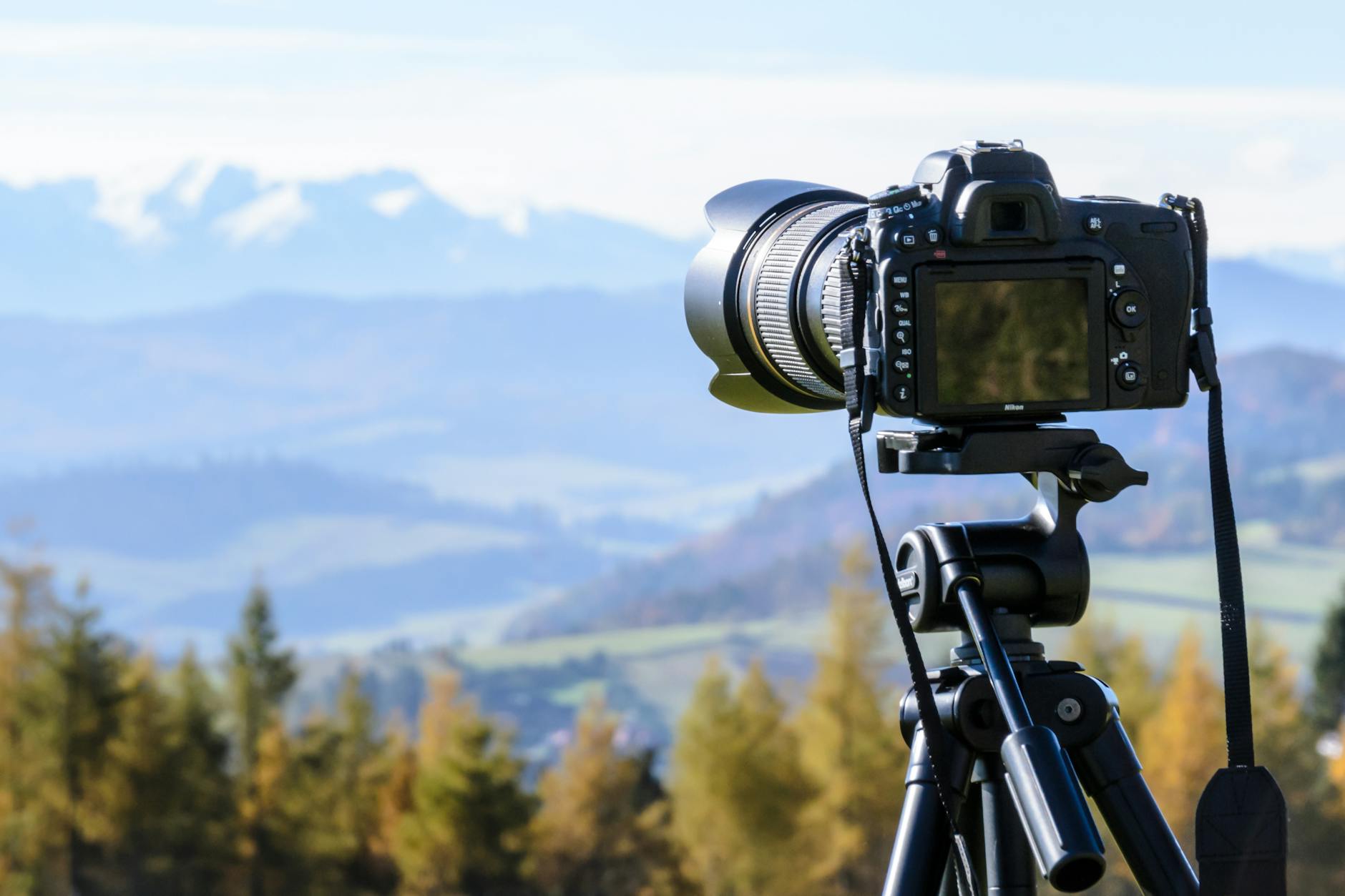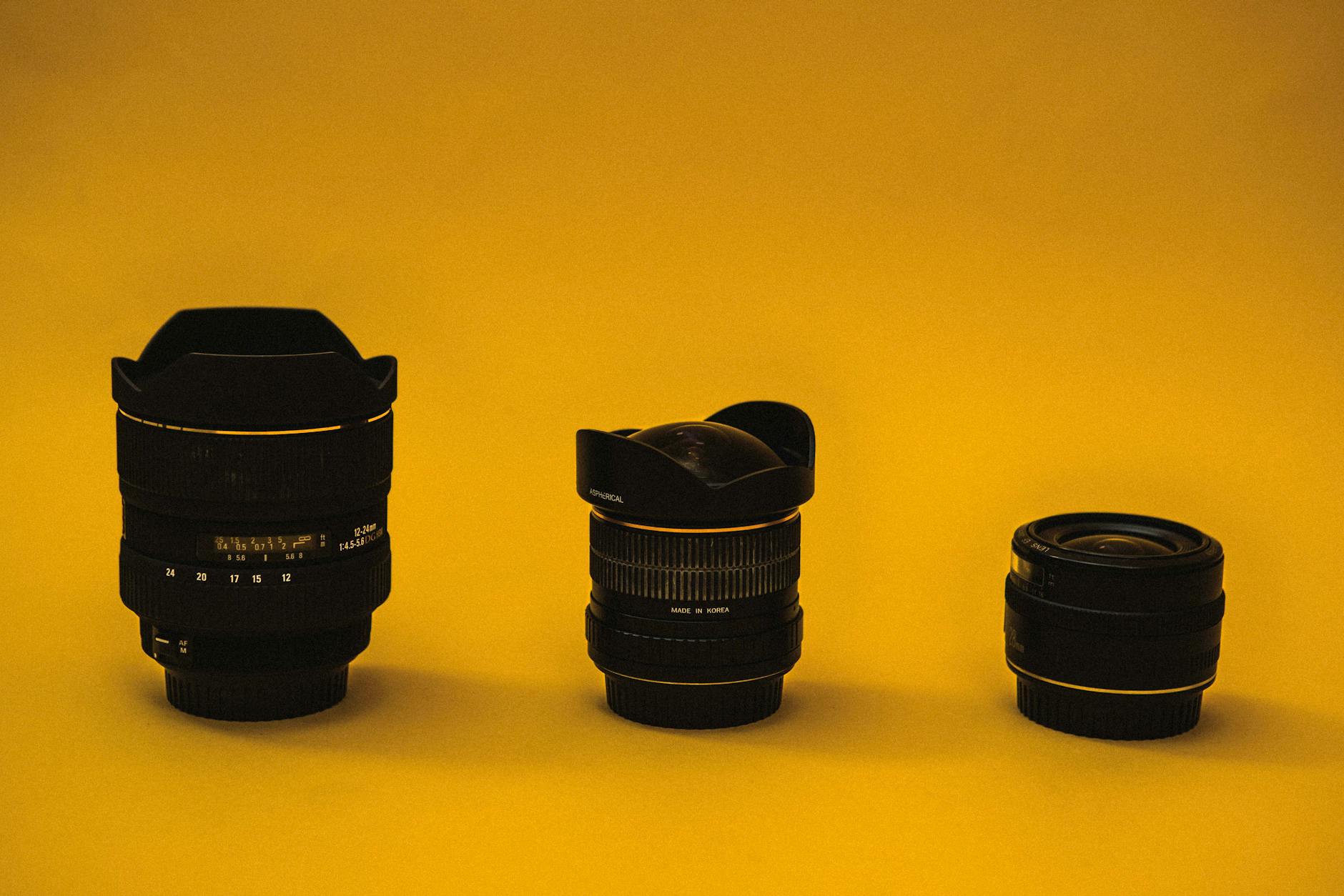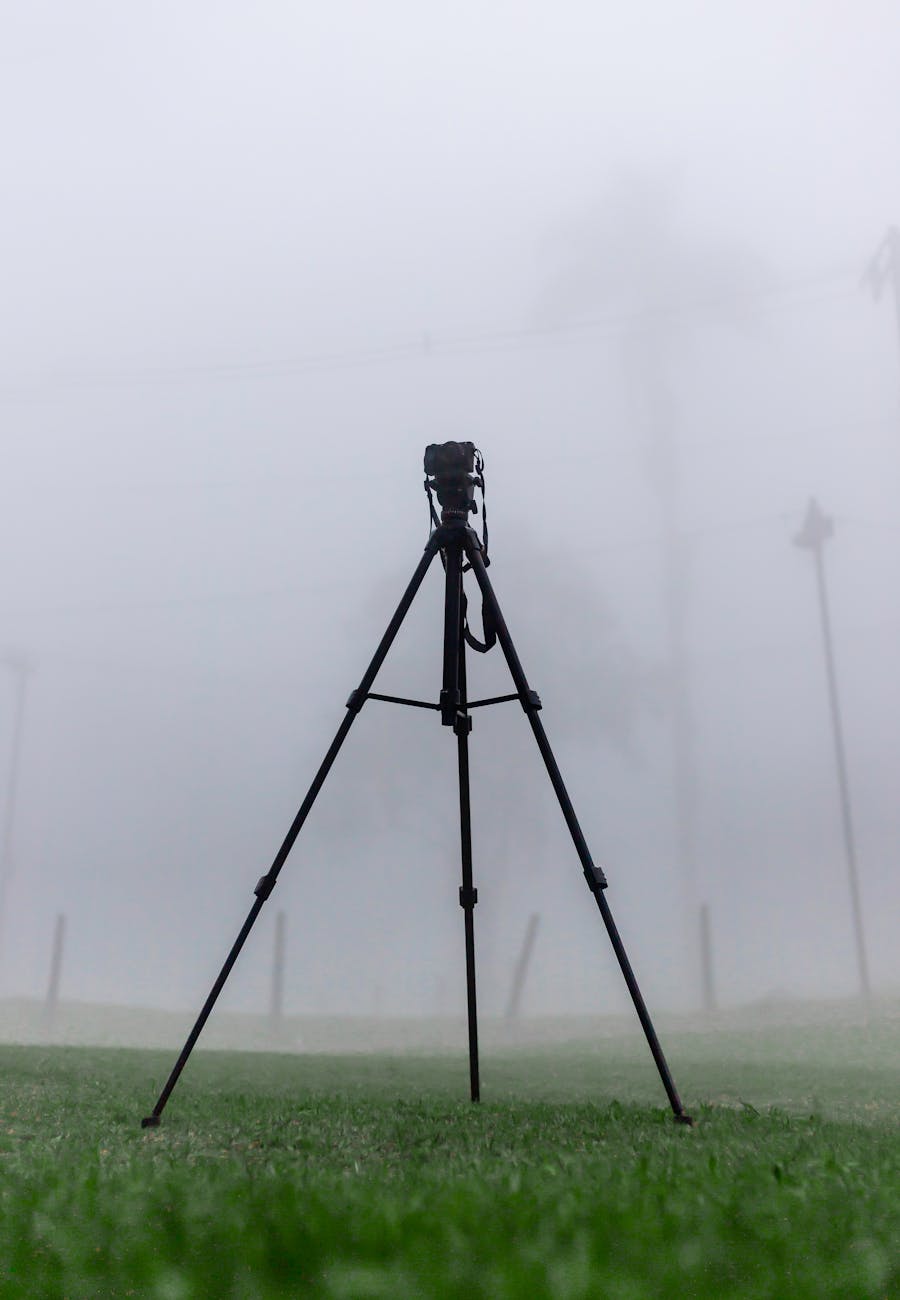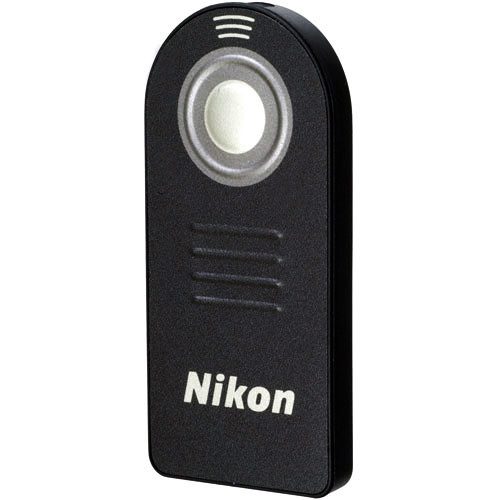Night photography can transform the ordinary into something magical. The stars, the city lights, and even the moon bring life to the dark, requiring specific techniques and, importantly, the right gear. Whether you’re capturing star trails, cityscapes after dusk, or the aurora borealis, here are five essential pieces of gear every night photographer should have in their toolkit.

1. A Capable Camera
The first and most obvious requirement for night photography is a camera that performs well in low-light conditions. Full-frame DSLRs or mirrorless cameras are preferred due to their larger sensors, which capture more light with less noise, which is crucial for night photography. Cameras like the Sony A7S series, Nikon Z6, or Canon EOS R5 offer high ISO capabilities and impressive dynamic range. I use a Nikon D850 for night photography, which has never disappointed me.

2. Fast Lenses
A fast lens is critical for night photography because it allows more light to hit the sensor, reducing the need for excessively high ISOs, which can degrade image quality. Lenses with a large maximum aperture—f/2.8 or wider—are ideal. Prime lenses often offer larger apertures, such as f/1.4 or f/2, providing even more light-gathering capability. I use a 70-200mm f/2.4, allowing me to zoom in on distant subjects while maintaining a wide aperture for capturing as much light as possible. I like the look of images shot through a long lens at night, as it compresses the perspective and creates a stunning bokeh effect.

3. Sturdy Tripod
Long exposure times are a staple of night photography, making a sturdy tripod essential to eliminate camera shake and ensure sharp images. Look for a robust tripod to withstand windy conditions and securely support the weight of your camera and lens. The Manfrotto 055 or the Gitzo Traveler will offer solid stability and versatility for all-night shooting needs. I take mine everywhere I go for photography, not just nighttime shooting.

4. Remote Shutter Release
A remote shutter release is crucial when dealing with long exposures to minimize the camera’s further shake. This tool allows you to trigger the shutter without touching the camera, keeping the setup stable during exposure. Wired or wireless versions are available, and many modern cameras also support remote triggering via smartphone apps, which can add convenience and functionality. No matter how skilled and still your hands are, using a remote shutter release will always yield better results in terms of sharpness and stability.

5. A Light for Painting and Safety
Night photography often means being out in the dark, sometimes in remote locations. Good light helps you navigate these areas safely and can be used for creative effects like light painting. A versatile LED flashlight or a headlamp with adjustable brightness settings can be invaluable. The latter is particularly useful as it keeps your hands free to operate your camera equipment. Also, if not a torch, I like using a headlamp with a few different lights, like a red light where you can still see without disturbing your night shoot.

Additional Considerations
While these are the essentials, remember personal comfort and safety. Dress appropriately for the weather, carry extra batteries (they drain faster in the cold), and let someone know where you will be, especially if you are venturing into less-traveled areas.

Equipped with the right gear, night photography opens up a new world of creative possibilities. Each night shoot presents unique challenges, but the results can be astounding with practice and patience. Explore the night with your camera and capture some breathtaking views when most people are asleep.
Happy Shooting!
<3 Ann
